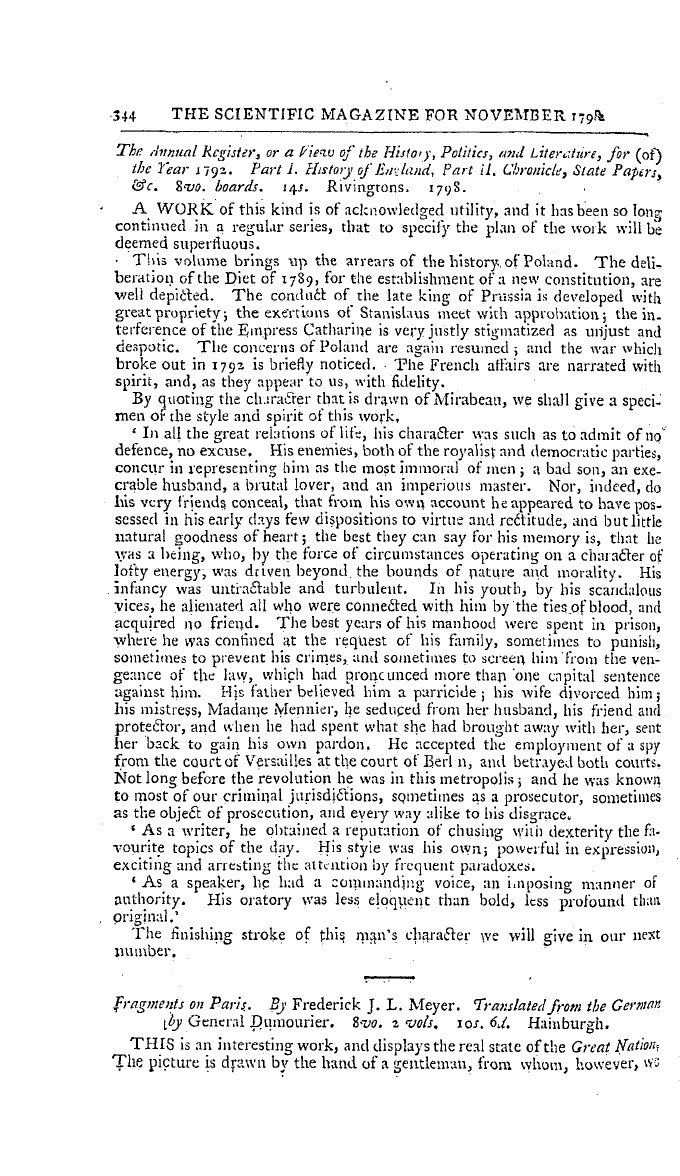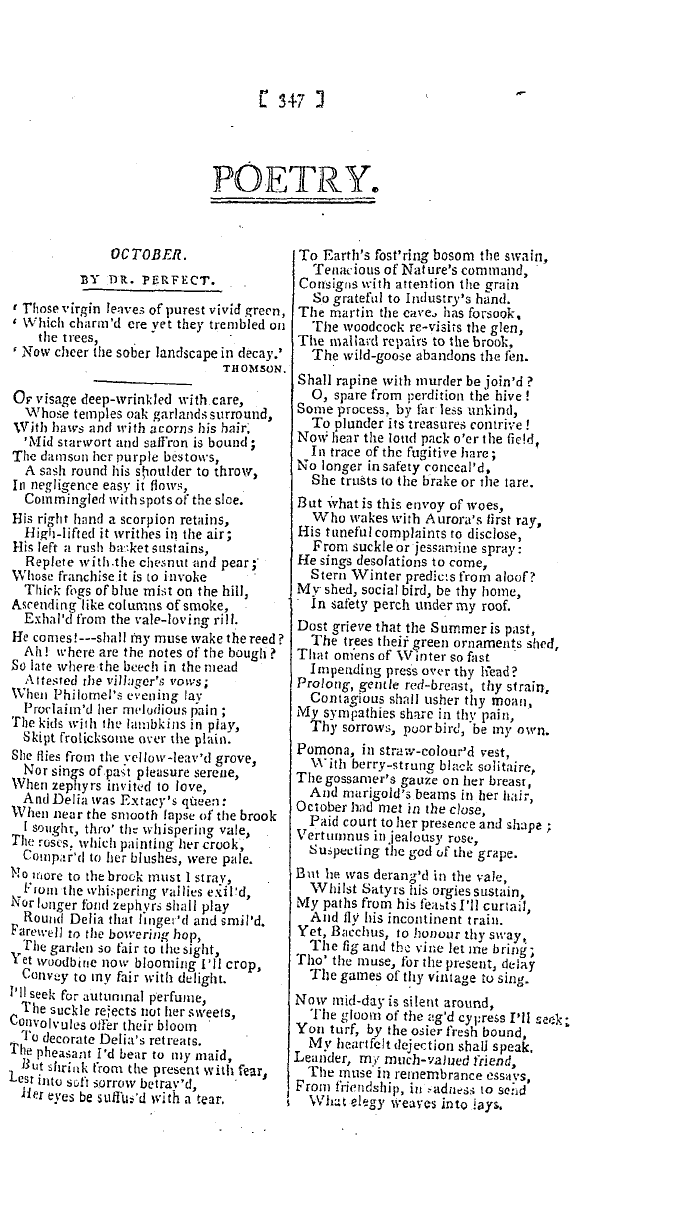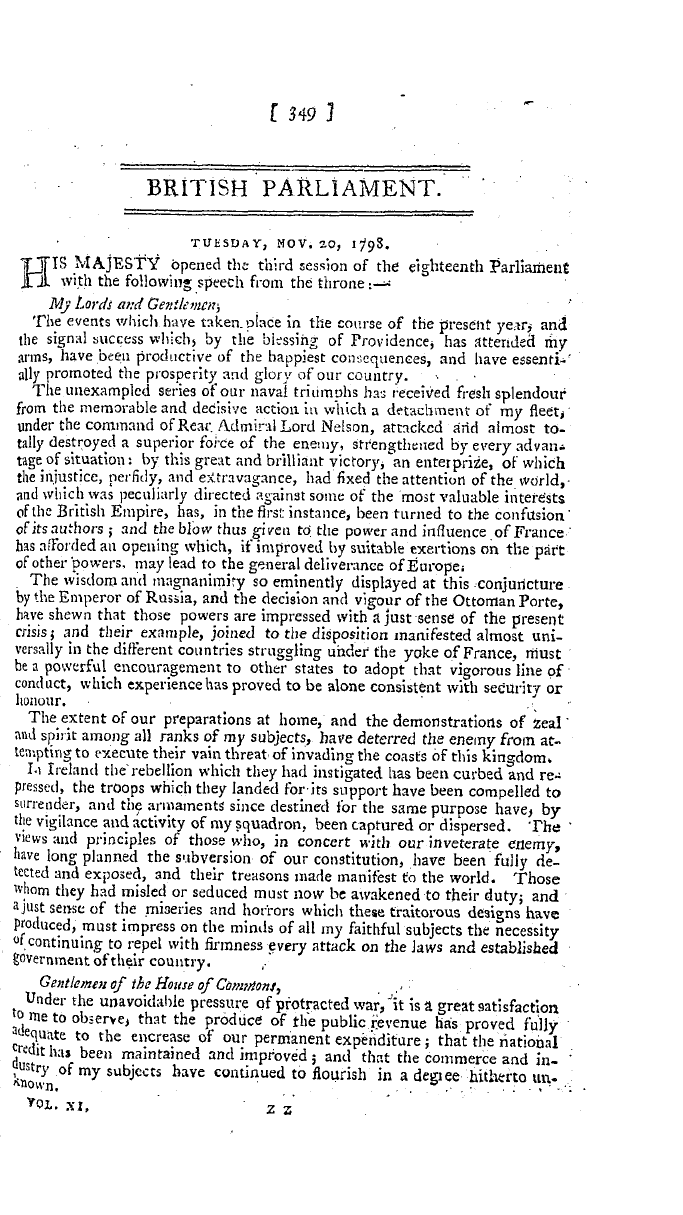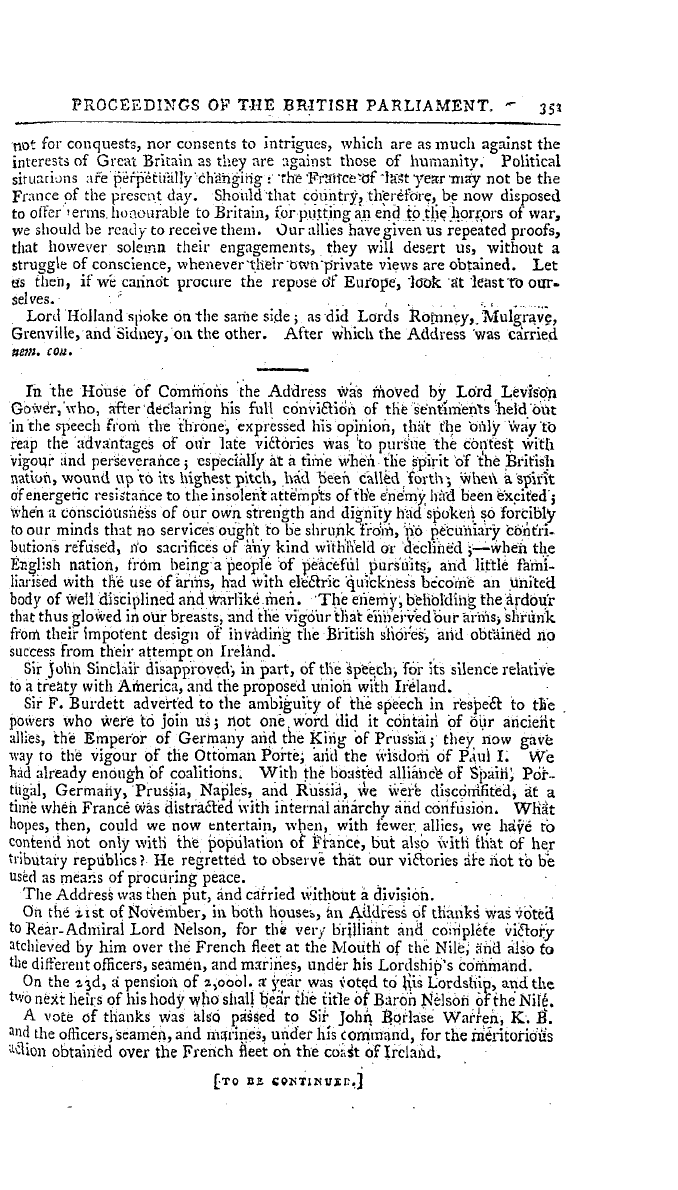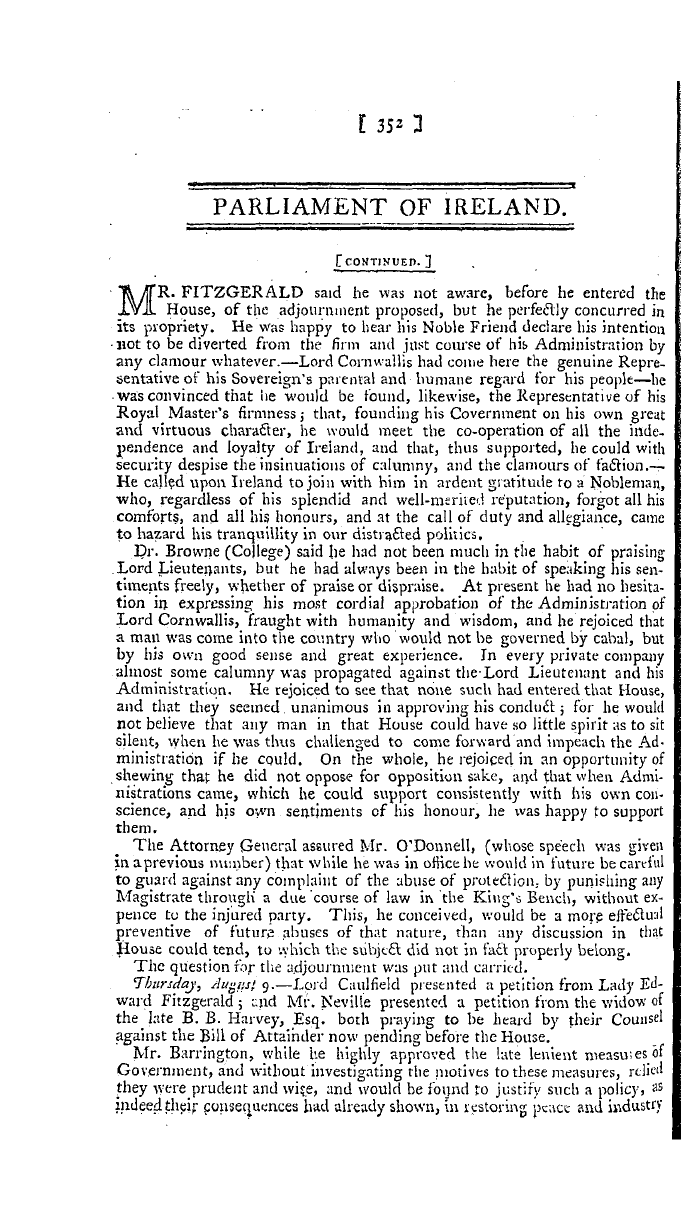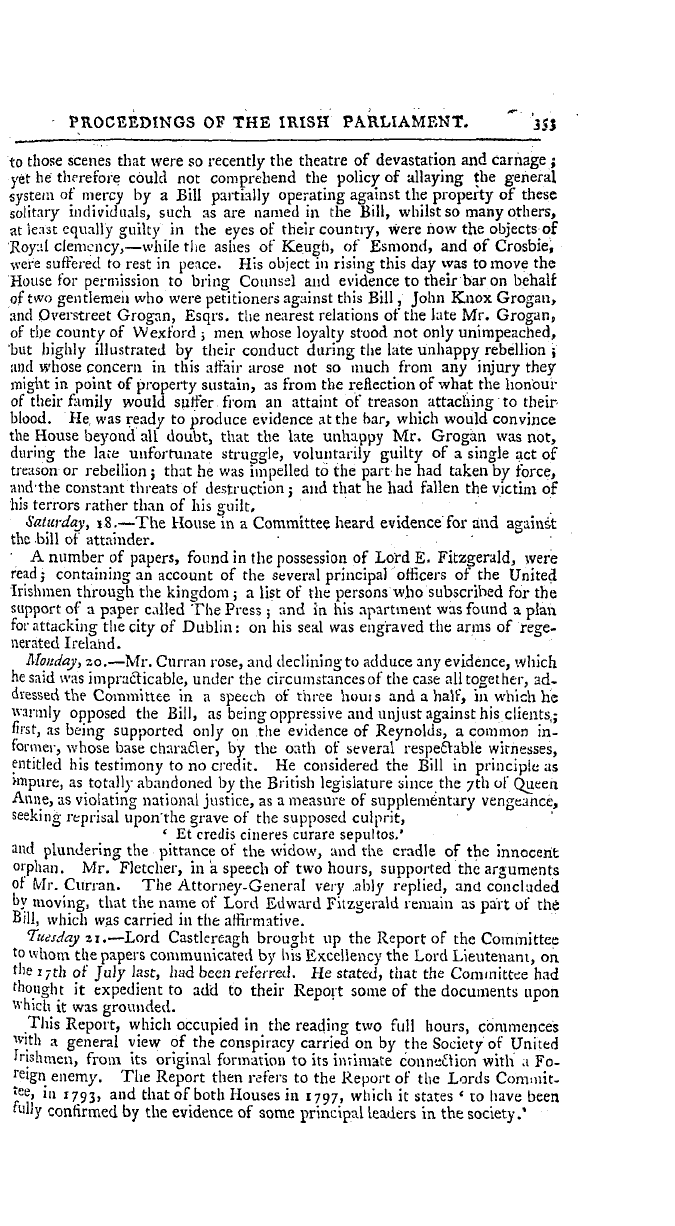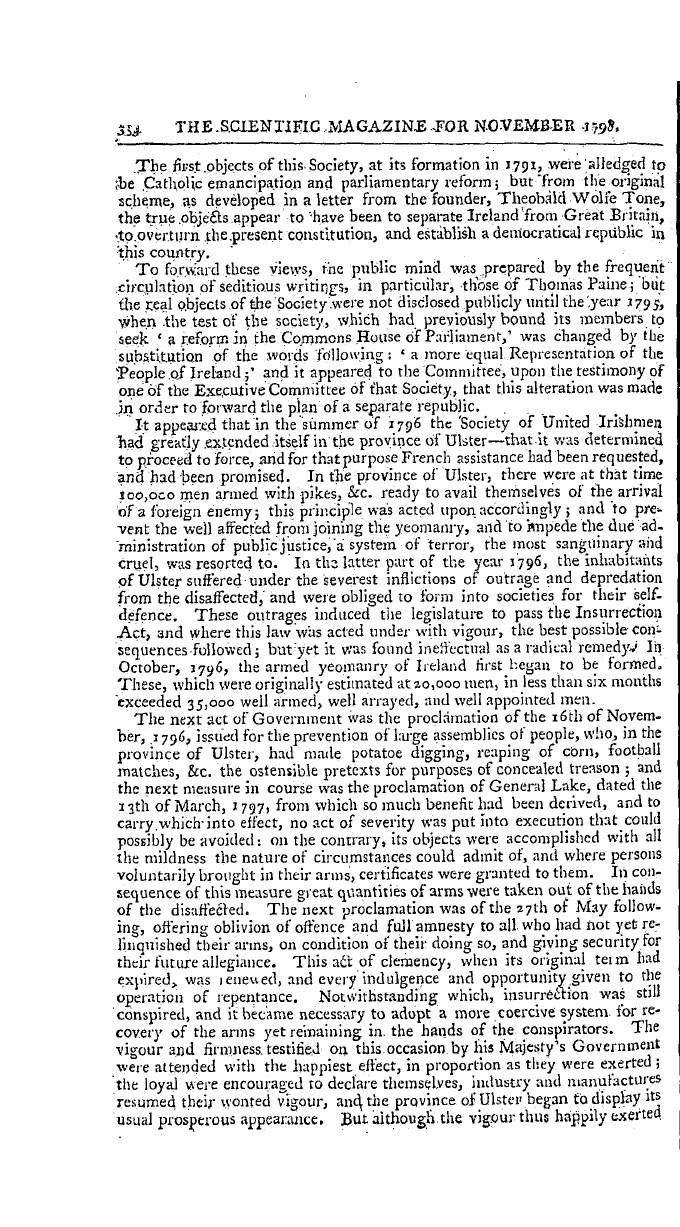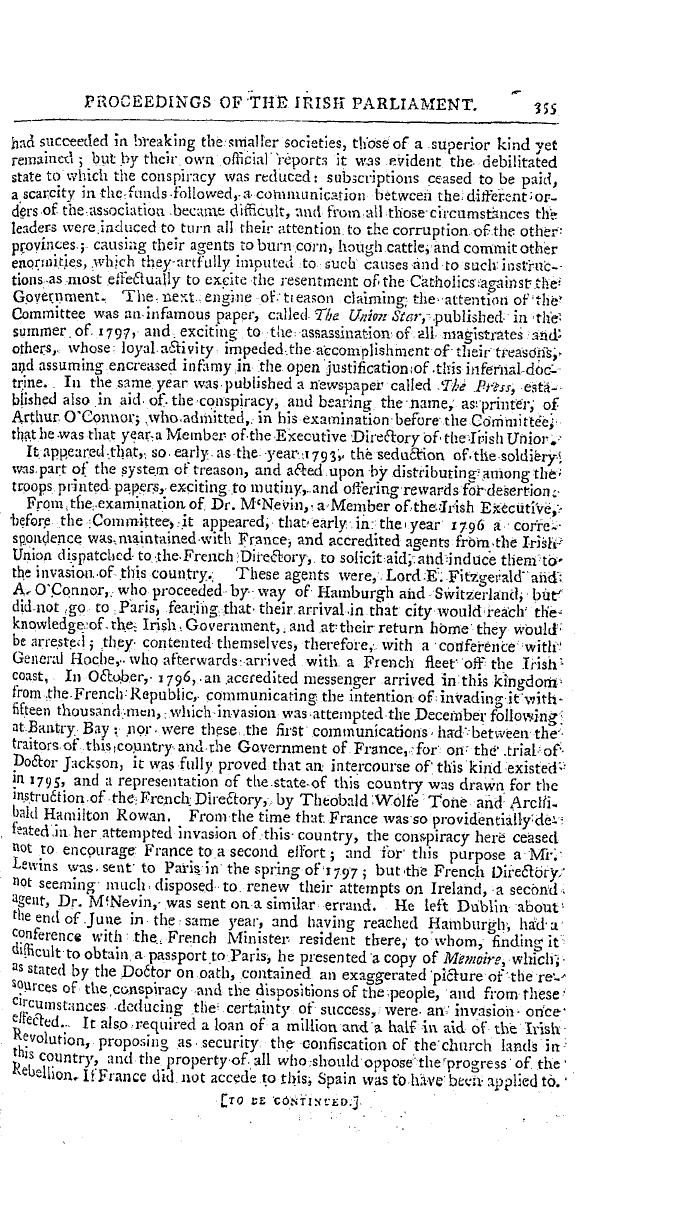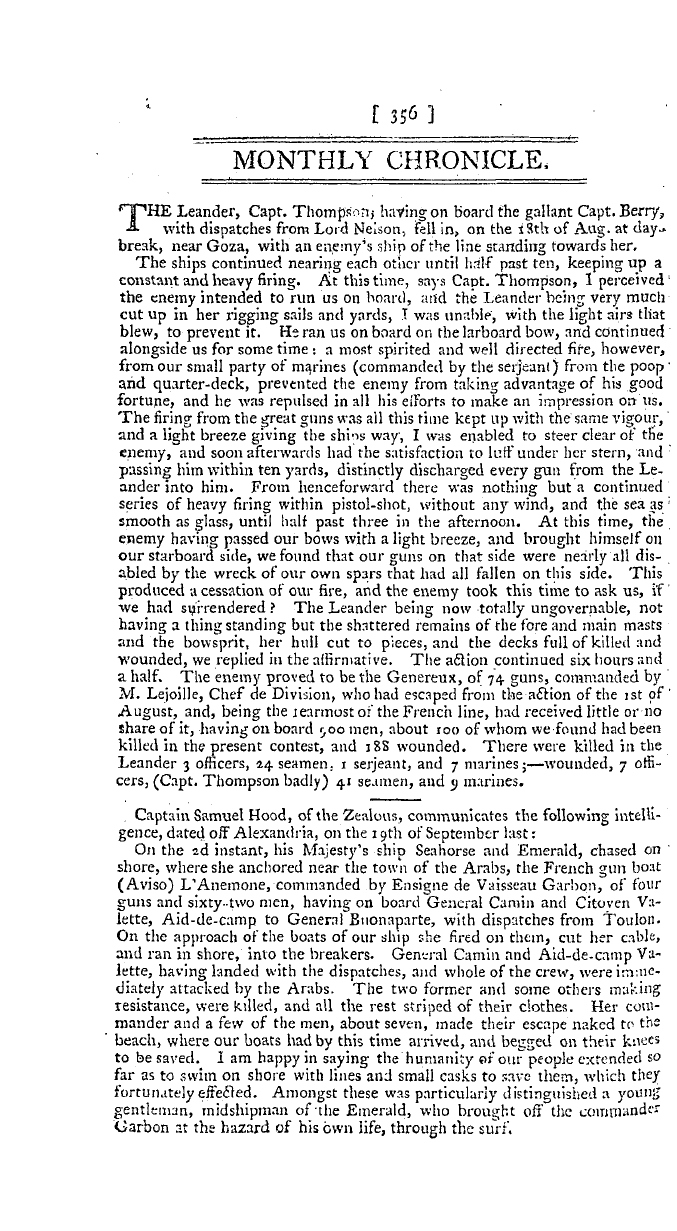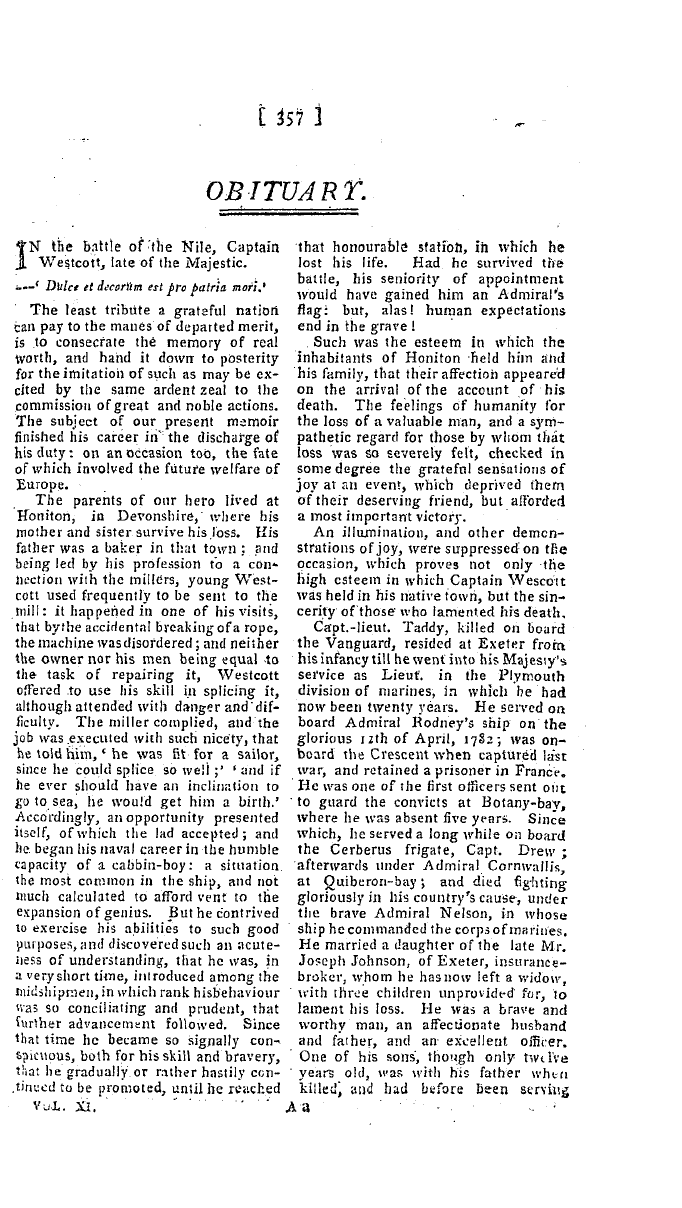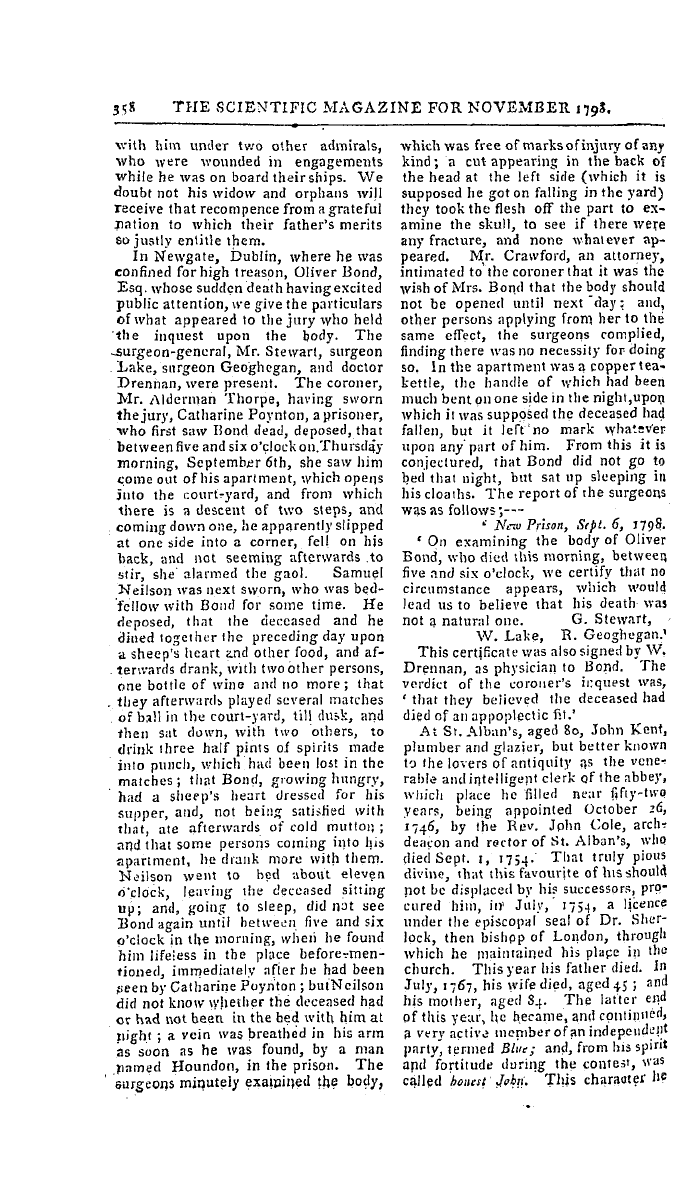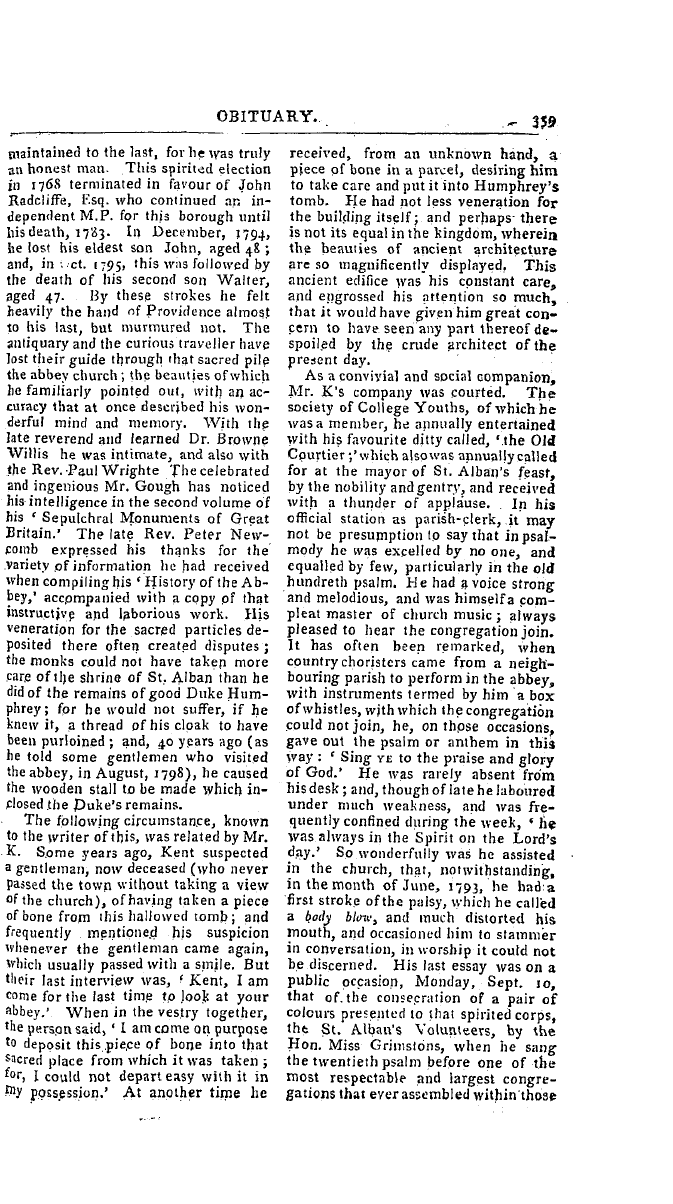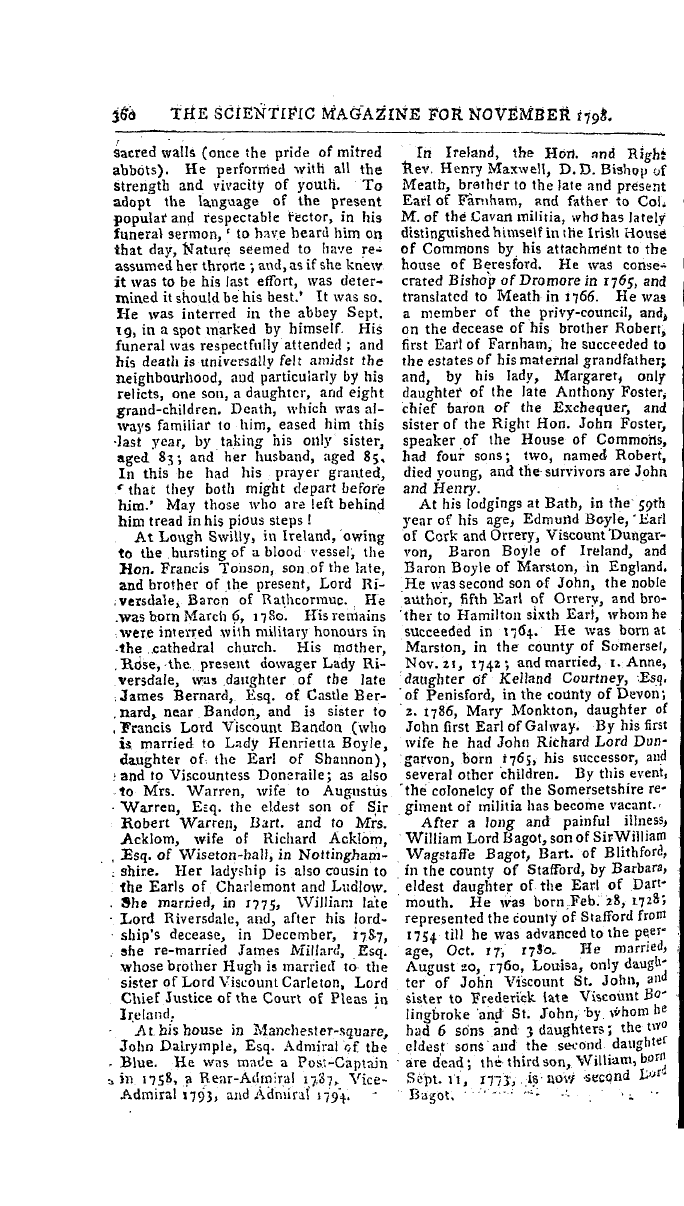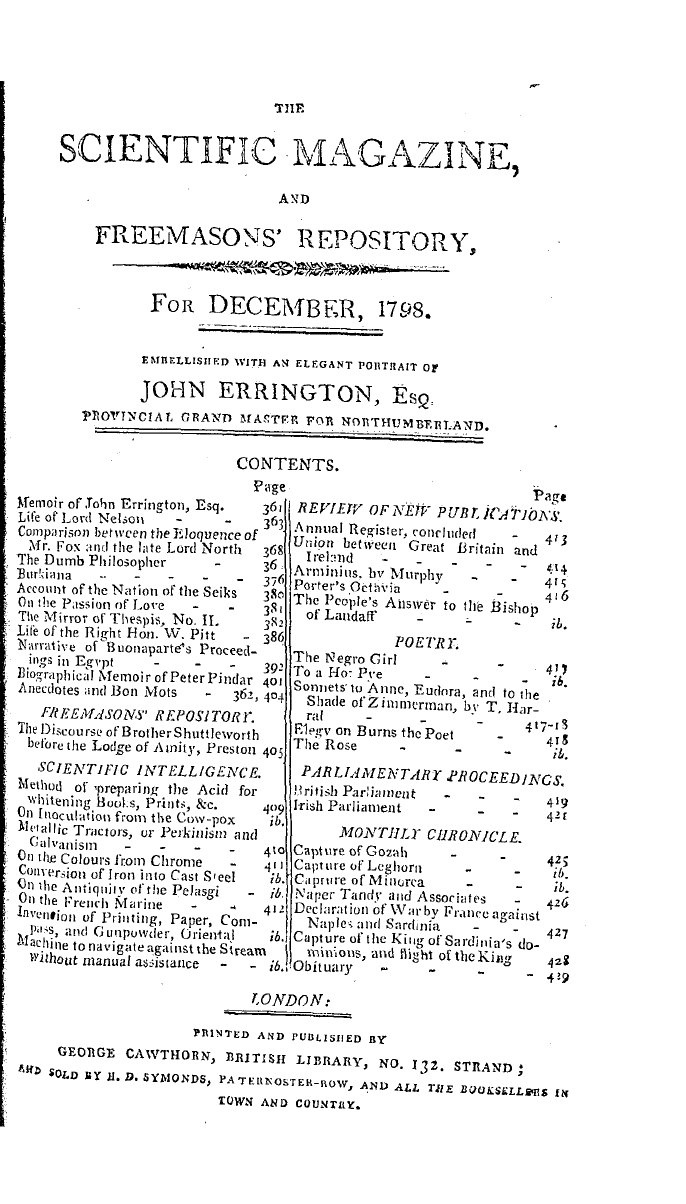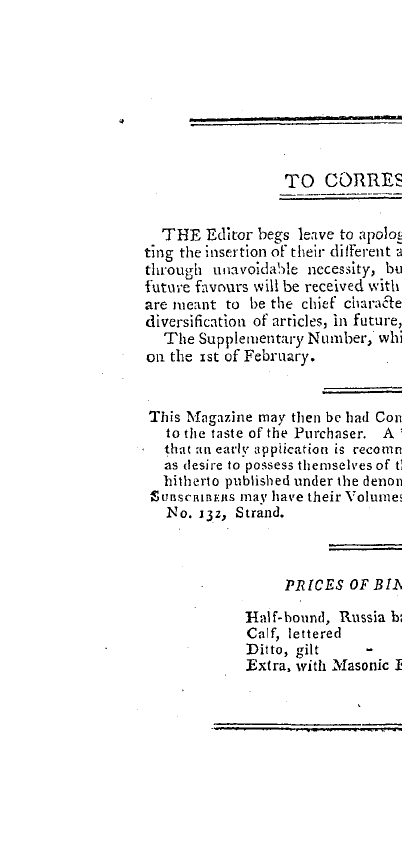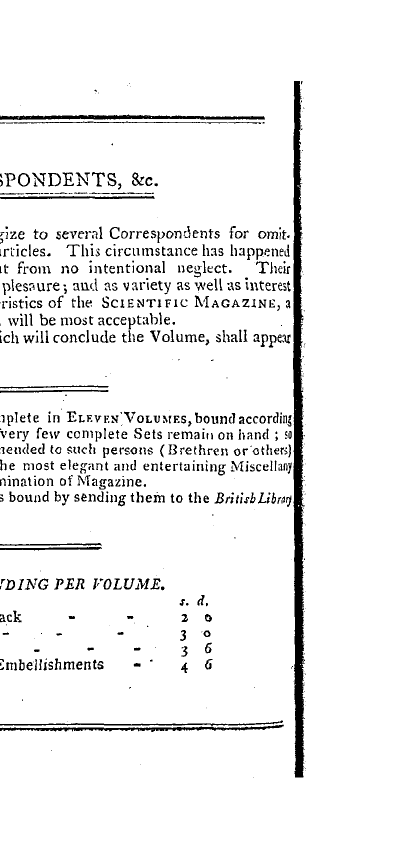-
Articles/Ads
Article SCIENTIFIC INTELLIGENCE. ← Page 2 of 3 →
Note: This text has been automatically extracted via Optical Character Recognition (OCR) software.
Scientific Intelligence.
frame supported very thin slips of wood , leaving only the space of half aline between them . I placed two leaves in each of these intervals , and kept them fixed in their place by two small wooden wedges , which I pushed in between the slips . When the paper was whitened I lifted up the frame with the leaves , and p lunged them into cold water to remove the . reriiains of the acid , as well-as the smell . This process I prefer to the other . A weak solution of potash will effectually remove spots of oil or grease ; on which the other does not operate . METHOD OF TAKING GREASE OUT OF HOOKS AND PRINTS . BY M . DESCHAMPS .
. After having gently warmed the paper stained with grease , wax , oil , or any fat body whatever , take out as much as possible of it , by means of" blottingpaper . Then dip a small brush in the essentia . ! oil of weil rectified spirit of turpentine , heated almost to ebullition ( for when cold it acts only very weakly ) , and draw it gently over both sides of the paper , which must be carefully kept warm . This operation must be repeated as many times as the quantity of the fat body imbibed by the paper , or the thickness of the paper , may render
necessary . When the greasy substance is entirely removed recourse may be had to the following method to restore the paper to its former whiteness , which is not completely restored by the first process . Dip another brush in highly rectified spirit of wine , and draw it in like manner ,, over the place which was stained , and particularly round the edges , to remove the border , that would still present a stain . By employing these means , with proper caution , the spot will totally disappear , and the paper will resume its original whiteness .
CHEMICAL EXPERIMENTS . M . GUYTON MORVEAU invented a new method of providing fire and --water for chemical experiments --with tittle or no expence . This method consists in an apparatus on the argand lamp , or lamp with a current of interior air . By means of this apparatus , most of the operations of chemistry may be performed , even the distillation of" acids , saline fusions ,- and analyses by desiccation { la vaie tiche . )
ASTRONOMY . OBSERVATIONS . ON THE STARS , BY M . LALANDE . IT was designed to employ the observations made in England and France for about a century past ; but we are now arrived at the point where the observations of past ages are of no-service ; for between the observations of Bradley made in 1750 , or those of Monsieur Le Monnier , and those which
are now making , we need not fear more than ten seconds of error for an interval of 50 years ; this would make 20 seconds for a century , and certainly there are 30 seconds of probable error in the best observations of the last age , both on account of the nature tf the instruments , and of ' the proper motion of the stars , which renders their position uncertain at that epoch . In the memoirs of ' 7 81 , wherein I compared 21 3 positions of" Flamstead ' s stars , there were 4 . 1 where the difference exceeded a minute , and 86 where it passed 30
seconds . This is sufficient to shew that we shall reap some advantage from employing the observations made the last 50 years with new instruments ; with great reason may we abandon those of" the Babylonians made 2500 years i ? 0 ; they are 50 times more distant , but are from 60 to 80 times less accuse ,-as I myself have remarked , having passed much time in investigating * Je observations of Mercury , which are in . Ptolemy , and from which I have derived very little advantage . ' "
VOLCANO IN THE MOON . 9 March ad , 1797 , M . Caroche saw the volcano in the moon , ( number 12 m Lalande ' s chart of" the moon ) like a candle on the point of extinction ;
Note: This text has been automatically extracted via Optical Character Recognition (OCR) software.
Scientific Intelligence.
frame supported very thin slips of wood , leaving only the space of half aline between them . I placed two leaves in each of these intervals , and kept them fixed in their place by two small wooden wedges , which I pushed in between the slips . When the paper was whitened I lifted up the frame with the leaves , and p lunged them into cold water to remove the . reriiains of the acid , as well-as the smell . This process I prefer to the other . A weak solution of potash will effectually remove spots of oil or grease ; on which the other does not operate . METHOD OF TAKING GREASE OUT OF HOOKS AND PRINTS . BY M . DESCHAMPS .
. After having gently warmed the paper stained with grease , wax , oil , or any fat body whatever , take out as much as possible of it , by means of" blottingpaper . Then dip a small brush in the essentia . ! oil of weil rectified spirit of turpentine , heated almost to ebullition ( for when cold it acts only very weakly ) , and draw it gently over both sides of the paper , which must be carefully kept warm . This operation must be repeated as many times as the quantity of the fat body imbibed by the paper , or the thickness of the paper , may render
necessary . When the greasy substance is entirely removed recourse may be had to the following method to restore the paper to its former whiteness , which is not completely restored by the first process . Dip another brush in highly rectified spirit of wine , and draw it in like manner ,, over the place which was stained , and particularly round the edges , to remove the border , that would still present a stain . By employing these means , with proper caution , the spot will totally disappear , and the paper will resume its original whiteness .
CHEMICAL EXPERIMENTS . M . GUYTON MORVEAU invented a new method of providing fire and --water for chemical experiments --with tittle or no expence . This method consists in an apparatus on the argand lamp , or lamp with a current of interior air . By means of this apparatus , most of the operations of chemistry may be performed , even the distillation of" acids , saline fusions ,- and analyses by desiccation { la vaie tiche . )
ASTRONOMY . OBSERVATIONS . ON THE STARS , BY M . LALANDE . IT was designed to employ the observations made in England and France for about a century past ; but we are now arrived at the point where the observations of past ages are of no-service ; for between the observations of Bradley made in 1750 , or those of Monsieur Le Monnier , and those which
are now making , we need not fear more than ten seconds of error for an interval of 50 years ; this would make 20 seconds for a century , and certainly there are 30 seconds of probable error in the best observations of the last age , both on account of the nature tf the instruments , and of ' the proper motion of the stars , which renders their position uncertain at that epoch . In the memoirs of ' 7 81 , wherein I compared 21 3 positions of" Flamstead ' s stars , there were 4 . 1 where the difference exceeded a minute , and 86 where it passed 30
seconds . This is sufficient to shew that we shall reap some advantage from employing the observations made the last 50 years with new instruments ; with great reason may we abandon those of" the Babylonians made 2500 years i ? 0 ; they are 50 times more distant , but are from 60 to 80 times less accuse ,-as I myself have remarked , having passed much time in investigating * Je observations of Mercury , which are in . Ptolemy , and from which I have derived very little advantage . ' "
VOLCANO IN THE MOON . 9 March ad , 1797 , M . Caroche saw the volcano in the moon , ( number 12 m Lalande ' s chart of" the moon ) like a candle on the point of extinction ;




























































